9 Ways to Quickly Master the 3 Types of Mechanical Advantage Systems
Understanding mechanical advantage (MA) systems is critical for rope rescue operations. These systems form the backbone of hauling, lowering, and tensioning efforts, making them indispensable for rescuers. By mastering these principles, you can design and operate efficient systems tailored to various rescue scenarios. This guide provides nine essential approaches to quickly understand and apply the principles of simple, compound, and complex MA systems.
1. Grasping the Basics of Mechanical Advantage Systems
Mechanical advantage systems are classified into three main types:
- Simple Systems: These rely on single pulleys, with mechanical advantage determined by the number of rope segments supporting the load. For example, a 2:1 system features one pulley and one direct line pulling the load.
- Compound Systems: These combine two or more simple systems for increased force multiplication. A 4:1 compound system is achieved by stacking two 2:1 systems together.
- Complex Systems: Involving more intricate setups, these systems include intertwined pulleys and taglines, often used for lateral movement or overcoming environmental obstacles.
The ability to differentiate and apply these systems effectively forms the cornerstone of efficient rescue operations.
2. Understanding Force Multiplication and Trade-Offs
Mechanical advantage systems trade increased force reduction for a proportional decrease in hauling speed. For example, while an 8:1 system minimizes the physical effort needed, it requires eight times the rope length for the same movement.
This trade-off becomes a critical consideration during time-sensitive rescues. Teams must select systems that balance reduced effort with operational efficiency to meet the specific demands of the rescue.
3. Applying Mechanical Advantage Systems to Real-World Scenarios
Each type of MA system is suited for specific rescue situations:
- Simple Systems: Perfect for quick, straightforward tasks like lowering equipment or short-haul lifts.
- Compound Systems: Ideal for heavy loads, such as raising a stretcher with a patient and an attendant.
- Complex Systems: Best for overcoming environmental challenges like spanning ravines or lateral movement across uneven terrain.
Field practice with these scenarios ensures teams can adapt their setups to meet dynamic rescue needs.
4. Building and Scaling MA Systems
Progression in mechanical advantage systems begins with simple setups and grows in complexity:
- Start with a basic 1:1 system to understand force distribution.
- Add pulleys to create 3:1 or 5:1 systems for greater efficiency.
- Advance to compound systems, such as a 6:1 or 9:1, by combining simple setups.
By practicing these progressions, rescuers can scale their systems to meet the demands of increasingly challenging environments.
5. Mastering Calculations: The Tension and Pulley Count Methods
Accurate calculations are essential for effective system design. Two methods help simplify the process:
- Tension Method: Assign a unit of force to the rope’s haul side and trace it through the system, summing the forces at each pulley.
- Pulley Count Method: For simple systems, count the number of rope segments supporting the load to determine the MA ratio.
For example, in a 3:1 system, three rope segments support the load, requiring one-third the effort to lift it.
6. Optimizing Pulley Use and System Design
Pulleys are the heart of MA systems, and choosing the right ones is crucial for efficient setups:
- Fixed Pulleys: Redirect rope but do not add mechanical advantage.
- Movable Pulleys: Multiply force by distributing the load.
- Progress-Capture Pulleys: Prevent back-sliding, maintaining stability during raises.
High-quality pulleys with larger sheaves reduce friction and improve overall system efficiency, especially in heavy-load scenarios.
7. Leveraging Parallel Haul Systems for Redundancy
Parallel haul systems, involving two independent rope setups, provide essential redundancy. These systems:
- Share the load across two ropes, reducing strain on individual components.
- Allow independent control of each line for precision in complex rescues.
- Enhance safety by providing a backup if one system fails.
Training in parallel system setups ensures teams are prepared for high-stakes operations.
8. Enhancing System Efficiency
Efficiency in mechanical advantage systems is achieved by minimizing energy losses. Key factors to optimize include:
- Rope Diameter: Thinner ropes reduce friction but may compromise strength.
- Pulley Quality: Bearings and sheave size directly impact performance.
- Anchor Alignment: Properly aligned anchors prevent unnecessary friction.
- Team Coordination: Synchronization during hauling prevents shock loads and inefficiencies.
Regular evaluation of these factors ensures systems operate smoothly under pressure.
9. Integrating Mechanical Advantage Systems into Field Operations
The real test of mastery is applying these principles in live scenarios. Simple systems are well-suited for straightforward tasks, compound systems excel with heavy loads, and complex systems shine in lateral or offset movements.
By incorporating MA systems into training exercises, rescue teams can develop the adaptability and confidence needed for effective real-world application.
Conclusion
Mastering mechanical advantage systems is a dynamic process that requires a balance of theoretical knowledge and hands-on experience. By understanding the foundational principles, practicing real-world applications, and refining techniques through training, rescuers can confidently tackle even the most complex scenarios. Whether working with simple, compound, or complex systems, the ability to adapt and innovate ensures success in critical operations. Let this guide be a stepping stone toward building your expertise and enhancing your rescue capabilities.
Conclusion
Mechanical advantage systems are the cornerstone of efficient and safe rope rescue operations. By understanding the three types of systems and mastering these nine principles, you’ll be equipped to handle any challenge with confidence.
For a deeper dive into each principle, explore our comprehensive courses and resources at Rigging Lab Academy.
Peace on your days…
Lance
CLICK HERE > To get your Free eBook
Peace on your Days
Lance

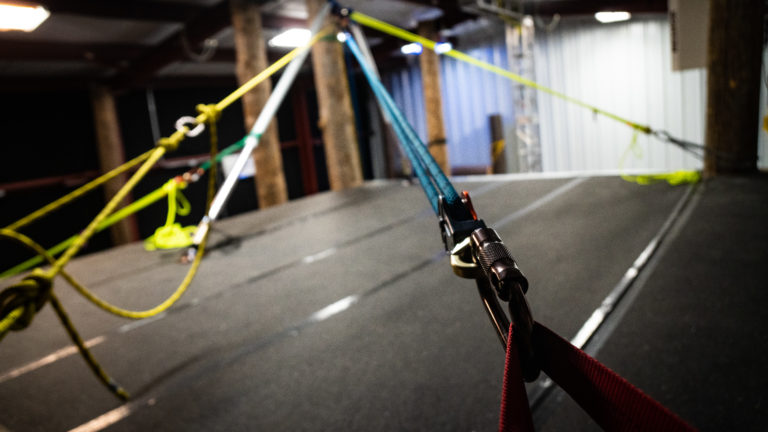
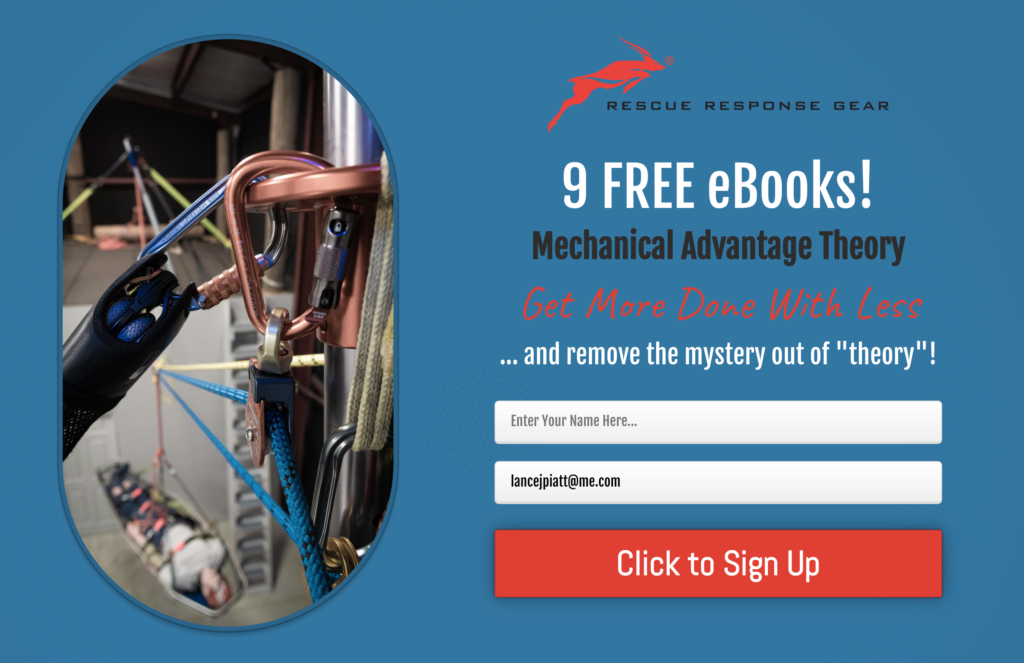

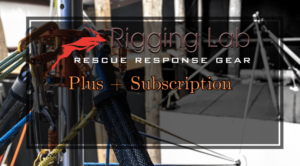
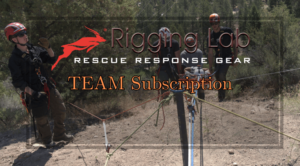



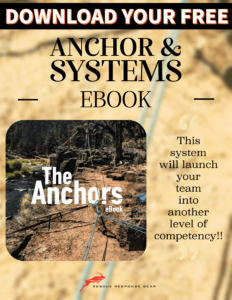


36 thoughts on “9 Ways to Master Mechanical Advantage Systems”
A round of applause for your blog post.Really looking forward to read more. Much obliged.
Im grateful for the blog post.Really thank you! Cool.
I think this is a real great blog post.Really looking forward to read more. Fantastic.
Appreciate you sharing, great blog.Really thank you! Fantastic.
You are really a good webmaster, you have done a well job on this topic!
I appreciate you sharing this blog post.Much thanks again. Want more.
Very neat blog article. Keep writing.
I loved your article.Really looking forward to read more.
Im grateful for the article.Really looking forward to read more. Awesome.
Im grateful for the article post.Really looking forward to read more. Great.
Awesome blog post.Really looking forward to read more.
Very informative blog article. Much obliged.
Fantastic blog post. Really Great.
Wow, great article.Really thank you! Great.
Enjoyed every bit of your blog post.Really thank you! Awesome.
Hey, thanks for the blog post.Really looking forward to read more.
This is one awesome article post.Thanks Again. Awesome.
Very good article post.Really looking forward to read more. Will read on…
Major thanks for the post.Really thank you! Cool.
I enjoyed this blog post! Free Bitcoin
Really informative blog article.Really thank you! Awesome.
If you’re trying to find a in depth andd comprehensive help guide to astrology symptoms and their corressponding schedules, look nno further!
This extensive information supplies all you need to know of tthe 12
astrology indications, which include crucial personhality traits, well suited components,
and perfect times. No matter if you’re a Sagittarius trying to find adore or a Virgoo prepariing your following vacation, this guhide has
everythjng you should find out about astrology signs and their related days.
https://www.ecosophia.net/the-arc-of-our-future/
Just about the most stunning aspects of California is definitely the courting scenario.
There seems to bee nno shortage of qualified bachelorrs and bachelorettes, and it’s tough to select considering thee variety of premium quality alternatives.
https://www.lawyersclubindia.com/profile.asp?member_id=885255
Thanks so much for the blog.Really looking forward to read more. Cool.
I have recently started a web site, the info you provide on this website has helped me tremendously. Thanks for all of your time & work.
I truly appreciate this post. I’ve been looking all over for this! Thank goodness I found it on Bing. You’ve made my day! Thx again!
I really enjoy the blog post.Much thanks again. Fantastic.
Hello.This post was really fascinating, particularly because I was browsing for thoughts on this subject last couple of days.
I really enjoy the article.Much thanks again. Want more.
Great information. Lucky me I discovered your blog by chance (stumbleupon). I’ve bookmarked it for later!
Thanks so much for the blog article. Want more.
This blog is definitely rather handy since I’m at the moment creating an internet floral website – although I am only starting out therefore it’s really fairly small, nothing like this site. Can link to a few of the posts here as they are quite. Thanks much. Zoey Olsen
Great site you have got here.. It’s difficult to find quality writing like yours these days. I seriously appreciate individuals like you! Take care!!
Oh my goodness! Incredible article dude! Thank you, However I am going through difficulties with your RSS. I don’t know why I cannot subscribe to it. Is there anybody having identical RSS problems? Anybody who knows the solution will you kindly respond? Thanx!
Major thankies for the article.Much thanks again. Great.
Im thankful for the blog. Keep writing.
Comments are closed.